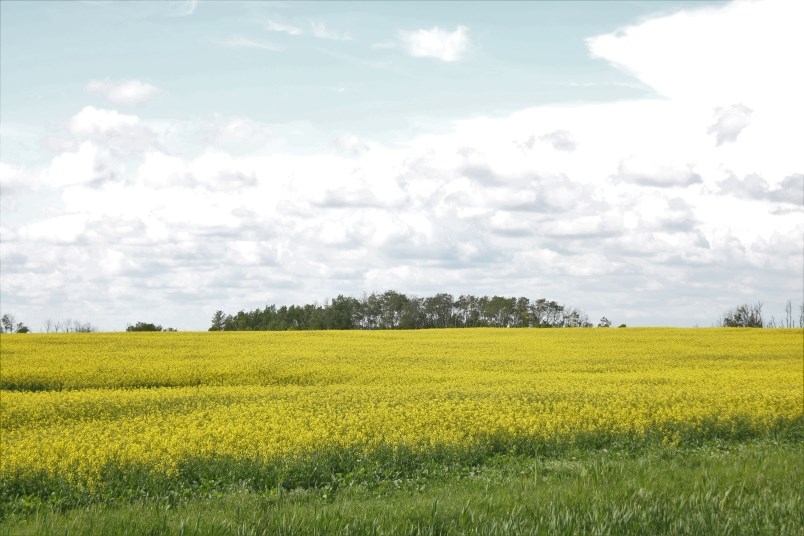YORKTON - In a world where we are more connected than ever before – from jet flights to cellphone connections – one might logically think trade would be a standardized and simple thing.
That should be especially true when considering agricultural commodities.
While there might be issues regarding the standard and quality of how a refrigerator or car is manufactured, it would seem wheat is wheat, beef is beef, and honey is honey.
That might generally be true but the world of trade in agricultural commodities is a volatile one where prices can turn up, or down, based on influences which can be difficult to fathom.
Certainly grain and oilseed sales are largely based on supply and demand, but what level of supply is enough seems to vary depending on a variety of circumstances.
It’s easy to understand how poor, or bumper crops, in main crop growing areas factor into the expected supply and demand looking out over a several month period.
A drought, for example, can mean a major exporting nation, are suddenly out of the market, and buyers have to scramble for alternative sources and may have to pay more to fill their needs.
But, threats to supply can also be enough to alter markets.
The unprovoked invasion of Ukraine by Russia sent a ripple of uncertainty through world trade as fears of an expanded conflict were fanned.
In the case of the war it was a double whammy of sorts for wheat sales as Ukraine as a marketer was hampered by the invasion and Russia fire-saled its wheat to generate cash.
How a country such as India views imports of pulse crops – balancing supporting domestic farmers with feeding its masses – create market forces that are outside pure supply and demand.
So too does arbitrary decisions like those of Japanese honey processors who have set tolerances of residue limits on quinclorac, a herbicide used to control cleavers, a pesky weed on the Prairies at 10 p.p.b.. In Canada, it is 100 p.p.b..
You would again expect reasonable countries would be at the point shared science would have led to a standardization of such things – certainly at the government level and not left to sector processors.
Given the varied factors which impact the perception of supply and demand and what markets are even open to commodities based on often conflicting elements, farmers face many unknowns in terms of marketing.
Finding a market ultimately comes down to knowing what return is needed to cover costs and generate a reasonable profit and then making the sale, but it will not be as easy a process as it should be.





